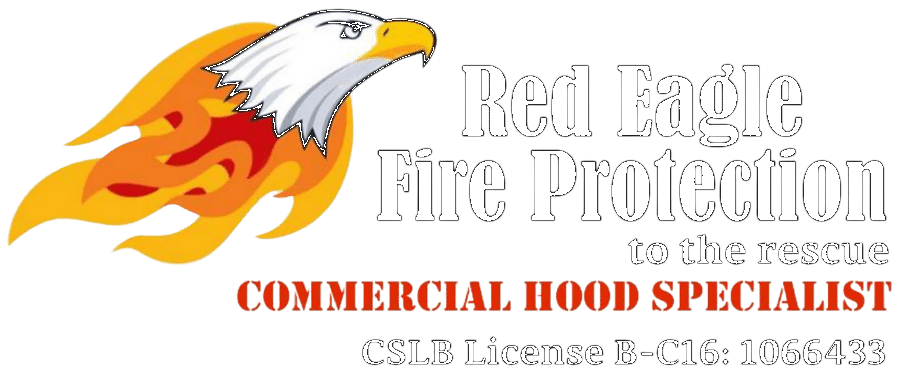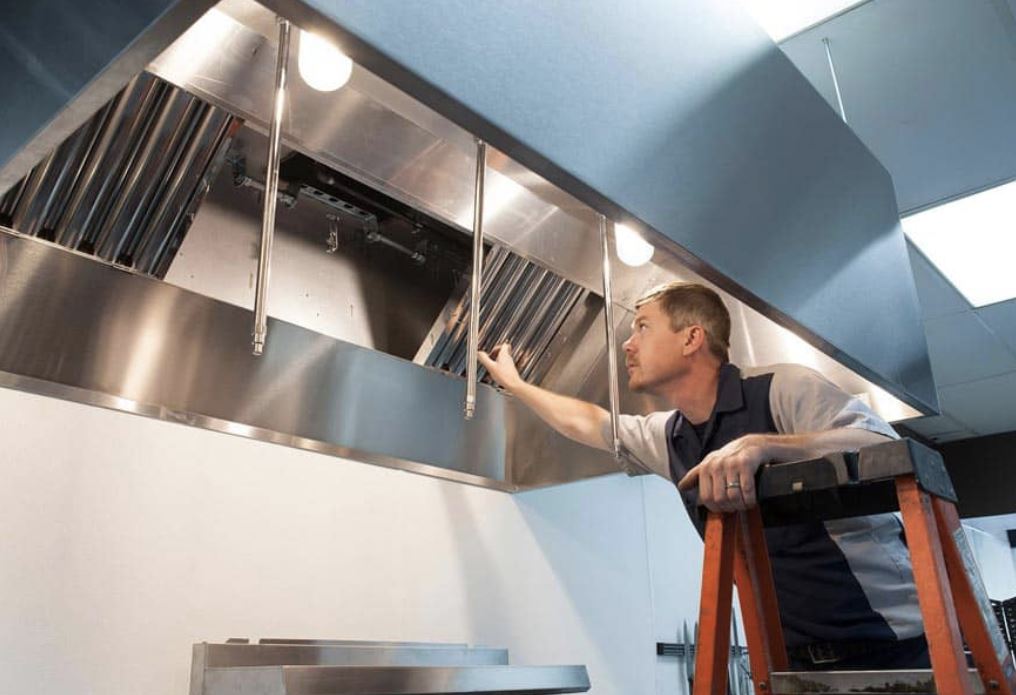In the intricate operation of a restaurant, the importance of a well-functioning hood system cannot be underestimated. This key component mitigates fire hazards, maintains air quality, and ensures the comfort of both staff and patrons.
However, like all mechanical systems, restaurant hoods can present certain challenges in terms of maintenance and repair. Some common issues include inconsistent performance, unexpected shutdowns, and unexplained noises, each of which can disrupt the smooth running of your establishment.
As an industry professional specializing in hood repair, I intend to share my insights on how to identify these issues and provide effective solutions. But first, let’s gain a comprehensive understanding of your restaurant hood system – its structure, function, and the telltale signs of potential problems. This foundational knowledge will empower you to tackle any hood-related issue that your restaurant might face
Understanding Your Restaurant Hood System
Regularly inspecting and comprehending the intricacies of your restaurant hood system is crucial for maintaining optimal functionality and ensuring safety in your commercial kitchen. It is a complex assembly with various components like filters, ducts, fans, and fire suppression systems, all of which work in harmony to ventilate and protect your workspace.
Understanding how these components function individually and synergistically is the key to preemptive maintenance and timely repair. For instance, filters trap grease particles, reducing fire risks, while fans expel heat and smoke, contributing to a comfortable and safe working environment. The ducts transport this air, and the fire suppression system acts as a safeguard against potential fire outbreaks.
Regular, meticulous inspection of these components can help identify signs of wear, damage, or inefficiency early. For example, increased noise, decreased ventilation, or visible damage indicate the need for immediate attention. By recognizing these signals promptly, you can ensure timely repairs, preventing costly downtime and potential hazards. Thus, grasping the workings of your hood system not only enhances operational efficiency but also upholds the safety standards of your commercial kitchen.
Common Restaurant Hood Problems
Despite a thorough understanding of your restaurant hood system and regular inspections, certain common issues may still arise that can affect its performance and safety. Among these are problems related to the fan motor, grease filters, and exhaust ducts.
The fan motor, being a core component of the hood system, may fail due to prolonged usage or mechanical defects. This could lead to inefficient ventilation, causing the buildup of smoke and heat. The solution lies in regular maintenance and prompt replacement of faulty parts.
Grease filters, on the other hand, can become clogged over time due to the accumulation of fat and oil particles. This not only reduces the efficiency of the hood system but also poses a serious fire hazard. Regular cleaning and replacement of filters are vital preventative measures.
Lastly, issues with the exhaust ducts, such as leaks or blockages, can compromise the system’s ability to expel fumes effectively. This could result in poor indoor air quality and increased fire risk. Regular duct inspections and professional cleaning can aid in identifying and rectifying such problems.
Troubleshooting Inconsistent Performance
How does one address the issue of inconsistent performance in a restaurant hood system? The key lies in the identification of common issues followed by the implementation of effective solutions.
Inconsistencies in performance can often be traced back to three primary areas:
* Mechanical Issues
– Loose or worn out belts can cause the fan motor to underperform, leading to inconsistent air flow. Regular inspection and timely replacement of these parts is crucial.
– Improper installation or alignment of the fan can also lead to performance inconsistencies. It may require professional adjustment or reinstallation.
* Electrical Problems
– Fluctuating voltage can cause inconsistent hood performance. Regular electrical checks and ensuring a stable power supply can help.
– Electrical components like switches, fuses, or wiring may fail or become faulty, necessitating their inspection and possible replacement.
* Ventilation Blockages
– Excessive grease buildup or debris in the ducts can hinder airflow, causing inconsistent performance. Regular cleaning is necessary to maintain optimal function.
– Duct design flaws might also be a culprit. If the ductwork is too long or has too many bends, it may require modification.
Dealing With Unexpected Shutdowns
When a restaurant hood system unexpectedly shuts down, it not only disrupts daily operations but also poses a potential safety hazard, thus necessitating prompt identification and resolution of the underlying issues.
The cause of such a shutdown could be traced back to several factors such as electrical faults, motor failure, or blockages in the ductwork. An effective diagnosis starts with a thorough inspection of the hood system, checking for any obvious signs of damage or wear. Electrical components should be tested for proper functioning, and the motor should be inspected for signs of overheating or mechanical failure.
In cases of blockages, a professional cleaning might be required, ensuring that grease and other debris do not impede the system’s airflow. If the problem lies in the electrical components or the motor, replacement parts should be procured from reliable suppliers to ensure longevity and efficiency.
Addressing Strange Noises in the Hood
In addition to unexpected shutdowns, another common issue that requires immediate attention in restaurant hood systems, especially after hood repair, is the occurrence of unusual noises, which could signal a variety of possible problems.
To address these issues effectively, it’s crucial to first identify the source and nature of the noise. Common sources include the fan, motor, or ductwork. Solutions can then be tailored according to the identified problem.
Here’s a quick guide:
– Fan-related noises
– Rattling: May indicate loose parts. Tightening or replacing these can usually solve the issue.
– Humming: Could be a sign of an overworked motor. Consider upgrading to a higher-capacity model.
– Motor-related noises
– Grinding: Often a symptom of worn-out bearings. Professional repair or replacement is recommended.
– Buzzing: This could be electrical. Consult with a professional to avoid potential hazards.
– Duct-related noises
– Whistling: May be caused by air leaks. Sealing the ductwork can help eliminate the noise.
– Popping: A sign of thermal expansion. Insulation or duct resizing may be required.
Hood Repair Made Easy: Fixing a Broken Hood Latch Like a Pro
Understanding Hood Repair Costs: What to Expect

